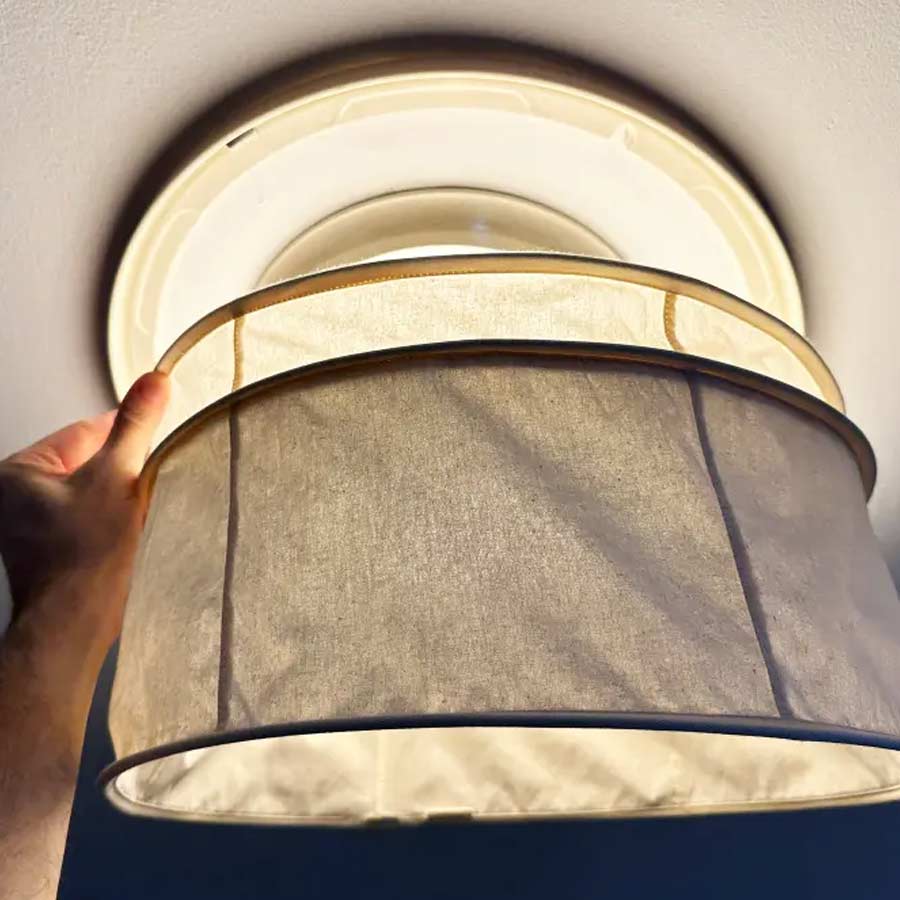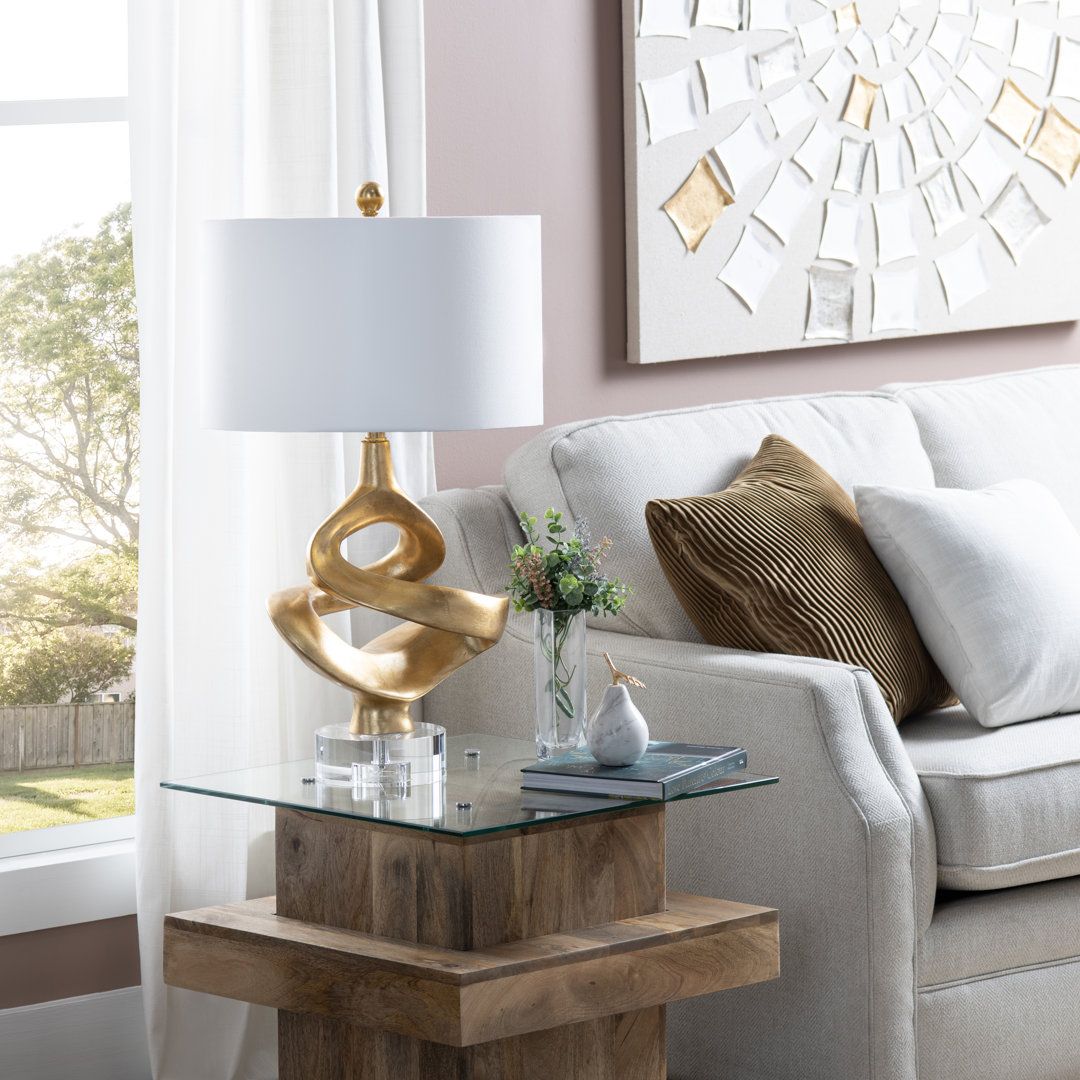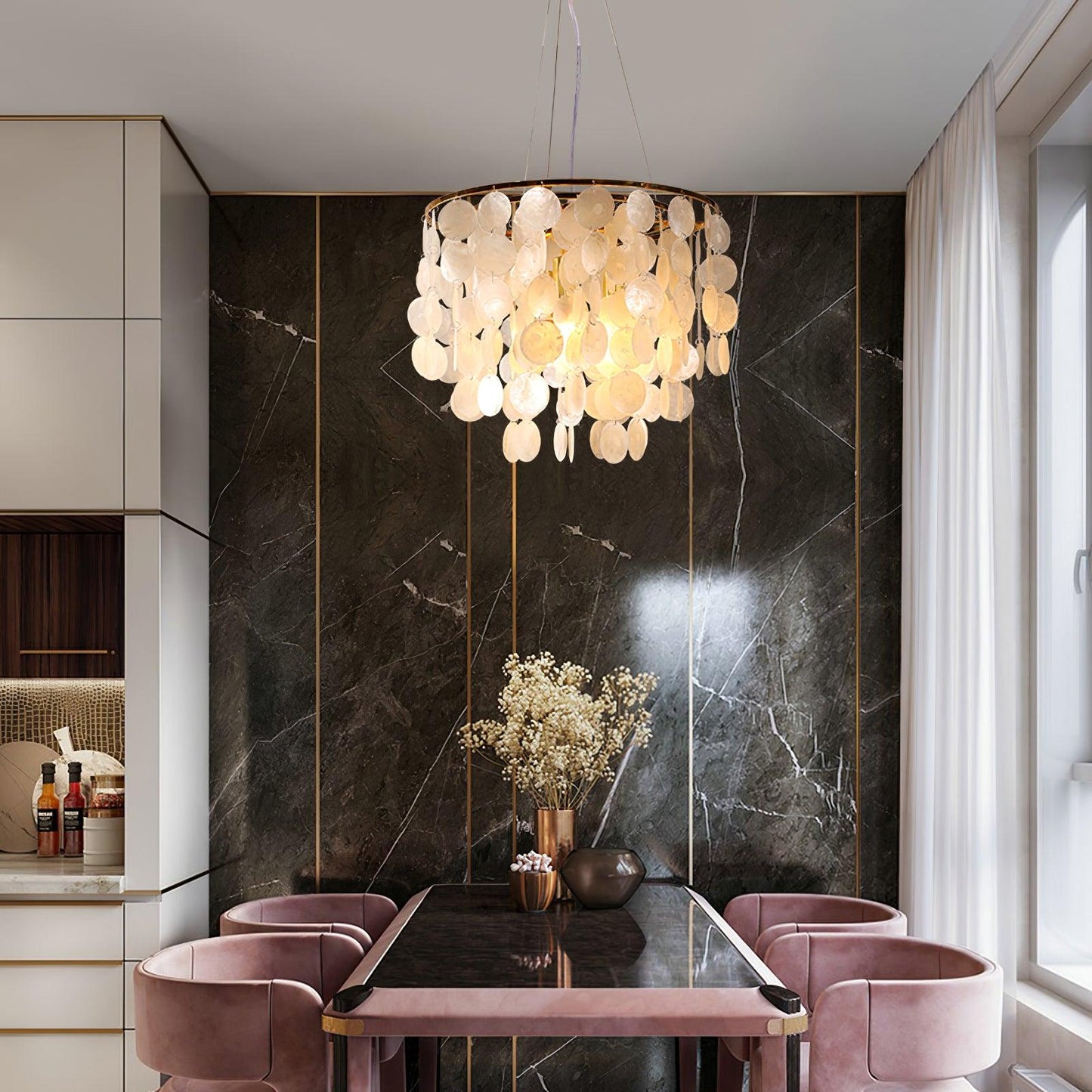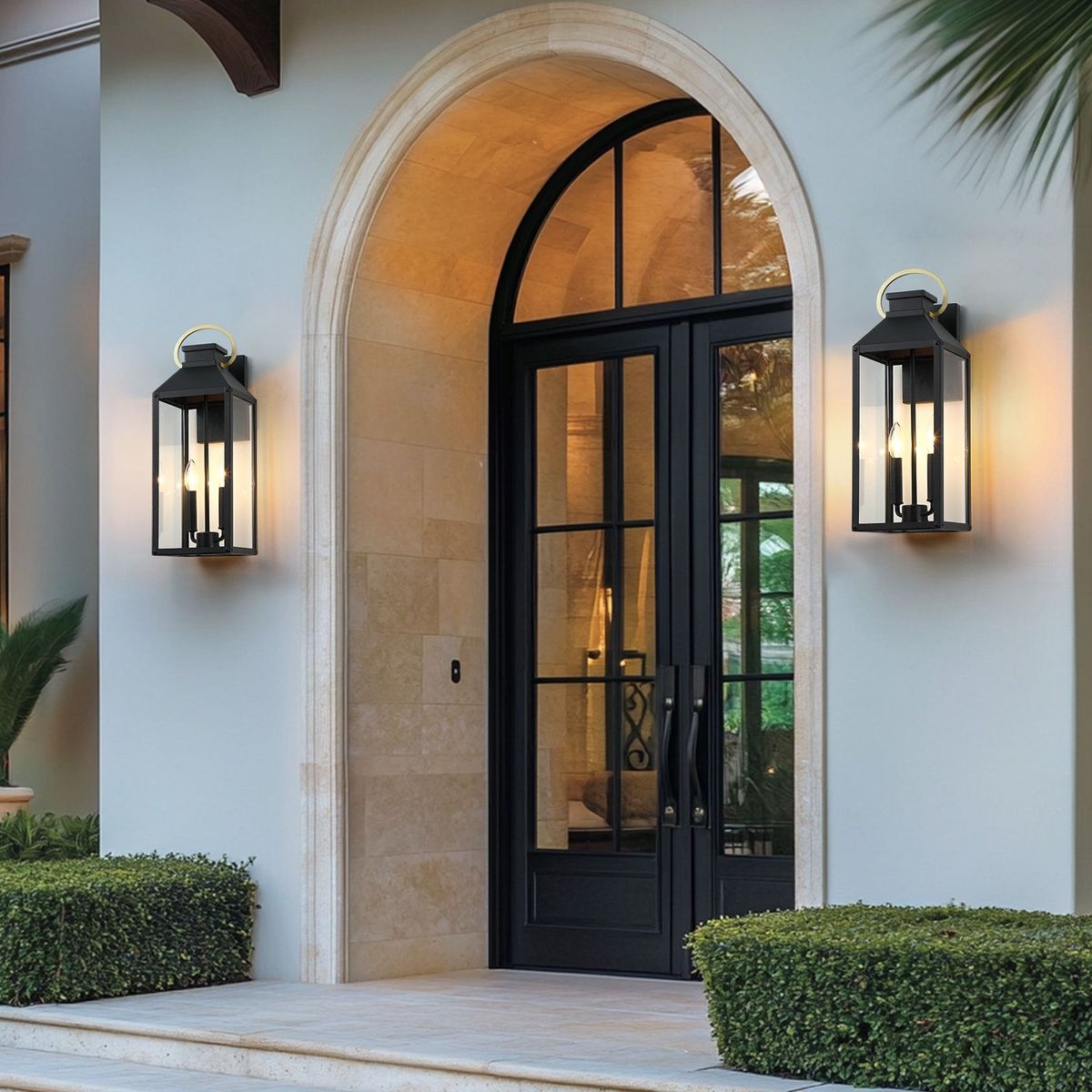
More than any lighting setup, light covers and shades play a crucial role in providing more than just visual appeal. Often overlooked, these lighting design tips bridge the gap between creating balance and focus. They save light bulbs from potential damage, enhance safety, and also help shape the ambiance of a room by dictating how light will work within it.
This article will enlighten you on all you need to know about light covers and shades and also explain all types. We will not overlook the advantages involved and the crucial features to consider when selecting the appropriate light covers and shapes.
What Are Light Covers and Shades?
While light covers and shades serve the same purpose, they are not interchangeable. Light covers serve a practical purpose by shielding bulbs from dust, moisture, and damage. Industries and outdoor spaces primarily utilize them due to their exceptional durability. Light shades serve as decorative elements, dispersing light to create a specific atmosphere while preserving the room's visual appeal. These modern lighting shades are common in interior spaces and come in several designs and materials, such as glass, metals, and fabrics. From simple utilitarian covers to elegant decorative shades, they serve their dual purpose in the provision of light to elevate the general outlook and functionality of lighting systems.

Types of Light Covers and Shades
Light covers and shades comes in different ways. These are the diverse types of light covers and shades:
Decorative Light Shades
By shaping the distributed light to create a specific style or ambiance, the shades enhance the beauty of the lighting outlet. They are available in diverse designs, fabrics, and hues, making them suitable for use in both home and business environments. Available in various materials such as metals, wood, fabric, and glass, they enhance the ambiance of a room by diffusing light into a softer glow.
Pendant Lighting
This is a type of decorative light shade for dining rooms and kitchens that adds flair and provides a sleek and timeless look. Most pendant light shades, crafted from materials like frosted glass and metals, offer a contemporary look.
Wall Sconces Shade
These are wall sconces that add cool lighting to walls. Sconce shades can channel light upward, downward, or in both directions, depending on their design. For inspiration on how to use them in smaller spaces, explore Small Bedroom Lighting Ideas to maximize style and functionality. These create dramatic effects in the room
Chandelier Shades
Shades for chandeliers do not only speak luxury but also add elegance to the room by softening the light and creating a calm atmosphere. Selecting the right Modern Chandelier Size can further elevate the balance and sophistication of these luxurious spaces
Utilitarian Light Covers
Utilitarian light covers serve a purpose. They protect the bulbs from dust, moisture, and environmental impacts. Therefore, they are of vital importance in industries, outdoors, and utility areas. Materials such as plastic, metal, wire, and acrylic form their construction. The materials used in their construction will dictate their intended uses.
Outdoor Lighting Covers
Like curved pendant alabaster chandeliers, protect your fixtures from environmental elements, e.g., dust.
Bathroom and Kitchen Lights
These bulbs' light shades of bathroom and kitchen lights act as a protective agent in areas that are susceptible to moisture.

How To Choose The Right Light Cover Or Shade For Your Home?
When choosing a light cover or shade for your home, consider the following factors:
Style
Choose a light cover or shade that fits the overall style of your lamp and decor. Light covers and shades come in a variety of chandeliers, pendants, and sconces in modern and traditional styles.
For instance, a fabric shade reflecting the elegance of the crystals can enhance a crystal chandelier, while a simple glass shade suffices for a sleek, modern pendant lamp.
Material
The material used for light covers and shades significantly influences the character and atmosphere of the emitted light. If you want to get a soft light and at the same time create a warm and inviting atmosphere, you should opt for fabric shades.
Glass shades allow more light to pass through and in turn create a brighter illumination. Metal shades are best used for industrial purposes and to get direct light effectively.
Size and Shape
The distribution of your light depends on the size and shape of your light cover or shade. A large shade will distribute more light, while a small shade will only create a focused beam.
The shape may also determine the light distribution; for instance, a drum shade provides even light, but a bell shade throws its light down.
Functions
Do you need light diffusion or bulb protection? Consider the function of the room in which the lamp will sit.
A kitchen or workspace may call for a light cover or shade that reflects light downward; a living area or bedroom may be better set with a shade that spreads the light out a bit more.
Environment
Do you need your light covers and shades for outdoor or indoor use? Decorative light shades often take center stage when used indoors.
However, in areas where durability is crucial, such as the kitchen or bathroom, utilitarian covers, which can withstand heat or moisture, are suitable.
For outdoors, utilitarian light covers will do the job. They are designed to endure extreme weather, provide shields against harmful UV radiation, and ensure long-lasting resilience.
Maintenance Tips for Light Covers and Shades
To maintain the appearance of your light cover and shade and also ensure longevity, follow these guidelines:
Cleaning
For glass covers or shades, clean by wiping with a soft cloth and glass cleaner. Dust fabric shades regularly and clean metal shades with a damp cloth to remove dirt.
Always inspect for damage
make sure to look for discoloration and cracks, particularly in outdoor fixtures.
Replacement
To ensure optimal lighting performance and safety, always replace damaged covers and shades.
Conclusion
Functionality dictates the use of light covers in light design, whereas aesthetic appeal is the primary purpose of shades. While shades can offer protection or serve other functional purposes, they also contribute to the ambiance and style of a space. Which one is better depends precisely on what one needs: protecting a light bulb or adding a flare of decoration in space.
Knowing their differences and usage will help you make an educated choice to enhance your lighting experience. Staying updated on Lighting Trends can also guide you in choosing the perfect light accessory to change the ambiance and usability of any place, whether it’s your house, office, or outdoors.
If you need to find any room lighting designs solution for your room, contact Yiosilamp now!
Read More




